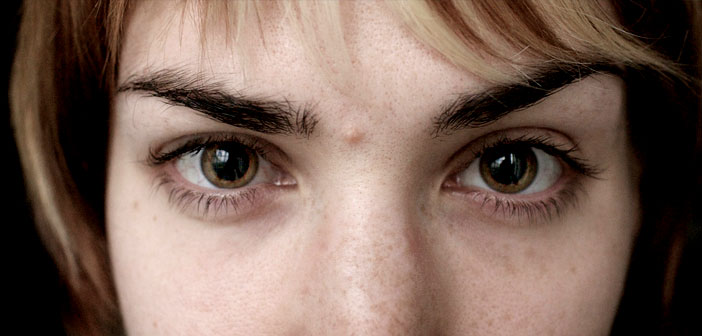
The biggest symptom of overdose includes hallucinations.
Cocaine pupil crack#
Crack Cocaine and CocaineĪs cocaine is able to stimulate an individual’s brain and release adrenaline and endorphins, the body will, in turn, react by dilating the pupils. This is an area of an individual’s eye that produces one-third of the image the person’s brain processes by focusing light onto the retina. In general, smoking cigarettes, in particular, can lead to cataracts of the crystalline lens. Remember that dilated pupils are a sign of overdose. Similar to alcohol, benzodiazepines at recreational doses can cause altered blurry or double vision. Nystagmus is a rapid quivering of an individual’s pupils, indicating eyes on drugs. Molly, MDMA, Ecstasy, and similar drugs can cause pupil size changes and blurred vision. AlcoholĪlcohol intoxication can cause blurry vision or double vision. Below are the specific changes in eye motion, pupils, or vision that are able to indicate overdose or intoxication from specific substances.

Almost every substance of abuse can cause eye changes on eyes on drugs. People’s pupils on drugs may be different depending on each particular substance. Your Pupils on Drugs: Specific Substances

Retinal Vascular Occlusive Disease (RVOD).Hallucinogen Persisting Perception Disorder (HPPD).Can Long-Term Drug or Alcohol Abuse Cause Damage to Your Vision?.Your Pupils on Drugs: Specific Substances.Either dilated or constricted changes in the pupil size.Rapid or nystagmus involuntary movements of the eyeballs.Common signs of intoxication indicated by the eyes include the following: The above-mentioned signs are known as pinpointed pupils and indicate opioid overdose or intoxication. There are numerous other drugs that causes the following in eyes:

Based on our collective patient’s data and experiences at our addiction treatment center Illinois, one of the most common symptoms of intoxication from numerous drugs, especially cocaine, marijuana, and alcohol occurs because of a person’s blood vessels expanding. As a person experiences changes in the eye, motion, color of the whites, and pupil size, all of these factors can be utilized to fully assess whether a person is intoxicated or not.Įxperiencing changes in an individual’s eye’s general motion or color has the ability to indicate intoxication. When the above-mentioned are frequently recognized in an individual, along with many other health consequences such as teeth, skin, mental health, social habits, and hair, they can further indicate problematic substance use. Partial Hospitalization Program in Illinoisĭrug and alcohol abuse can cause numerous side effects such as the following:Īll of the following is able to indicate intoxication.


 0 kommentar(er)
0 kommentar(er)
